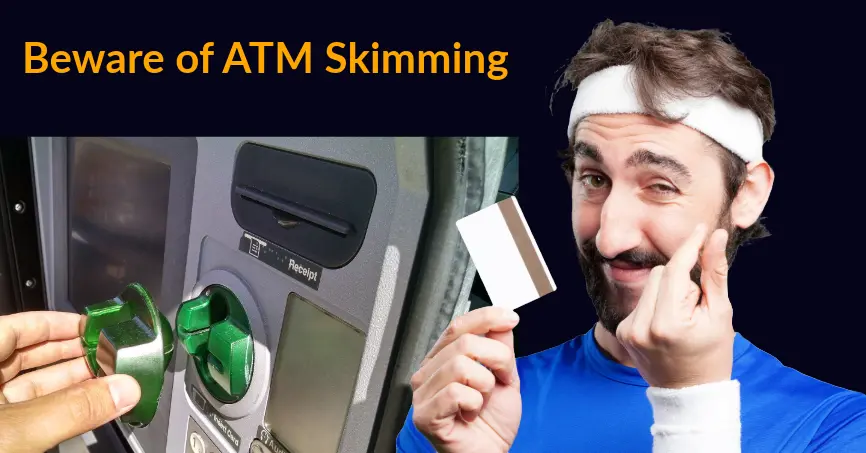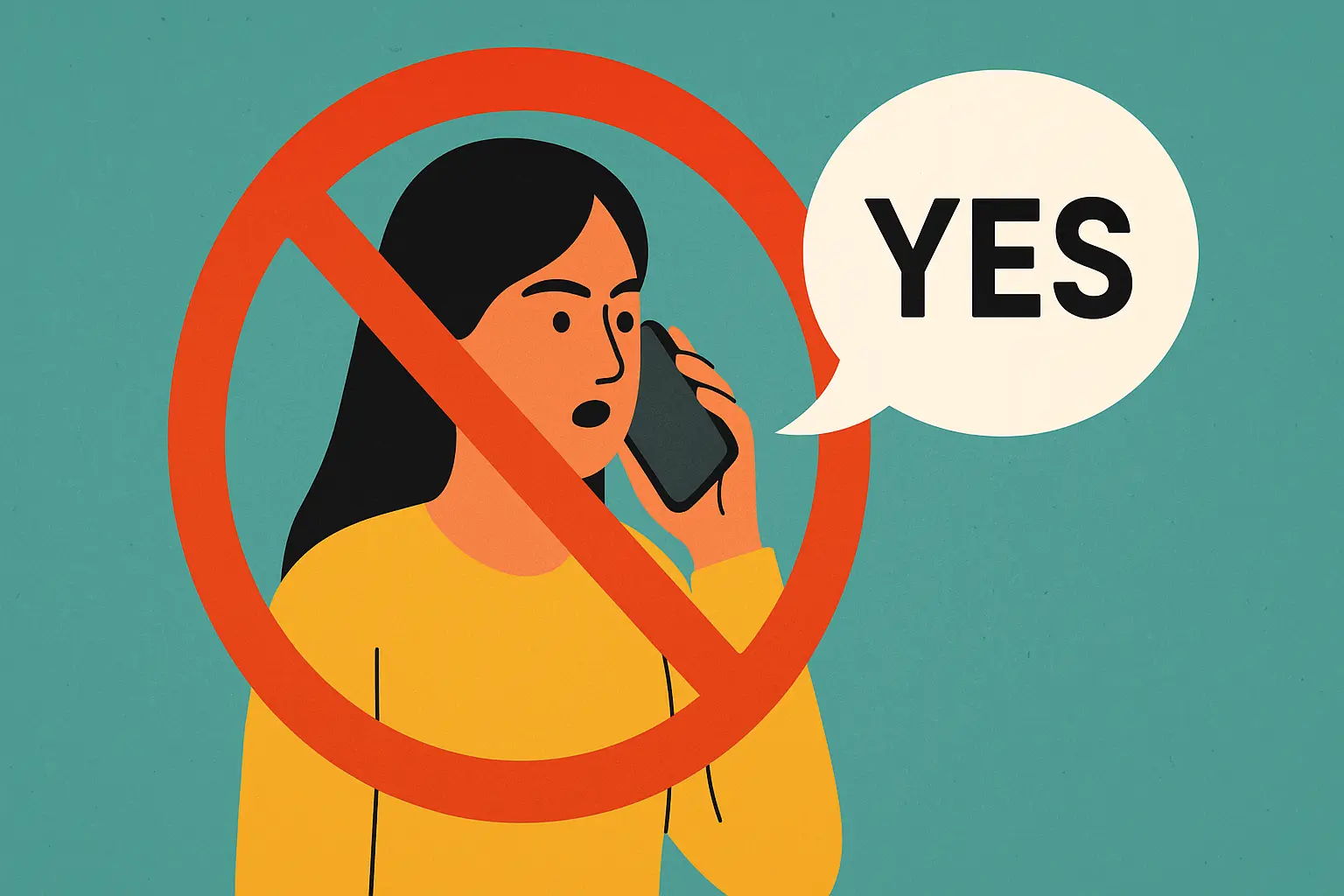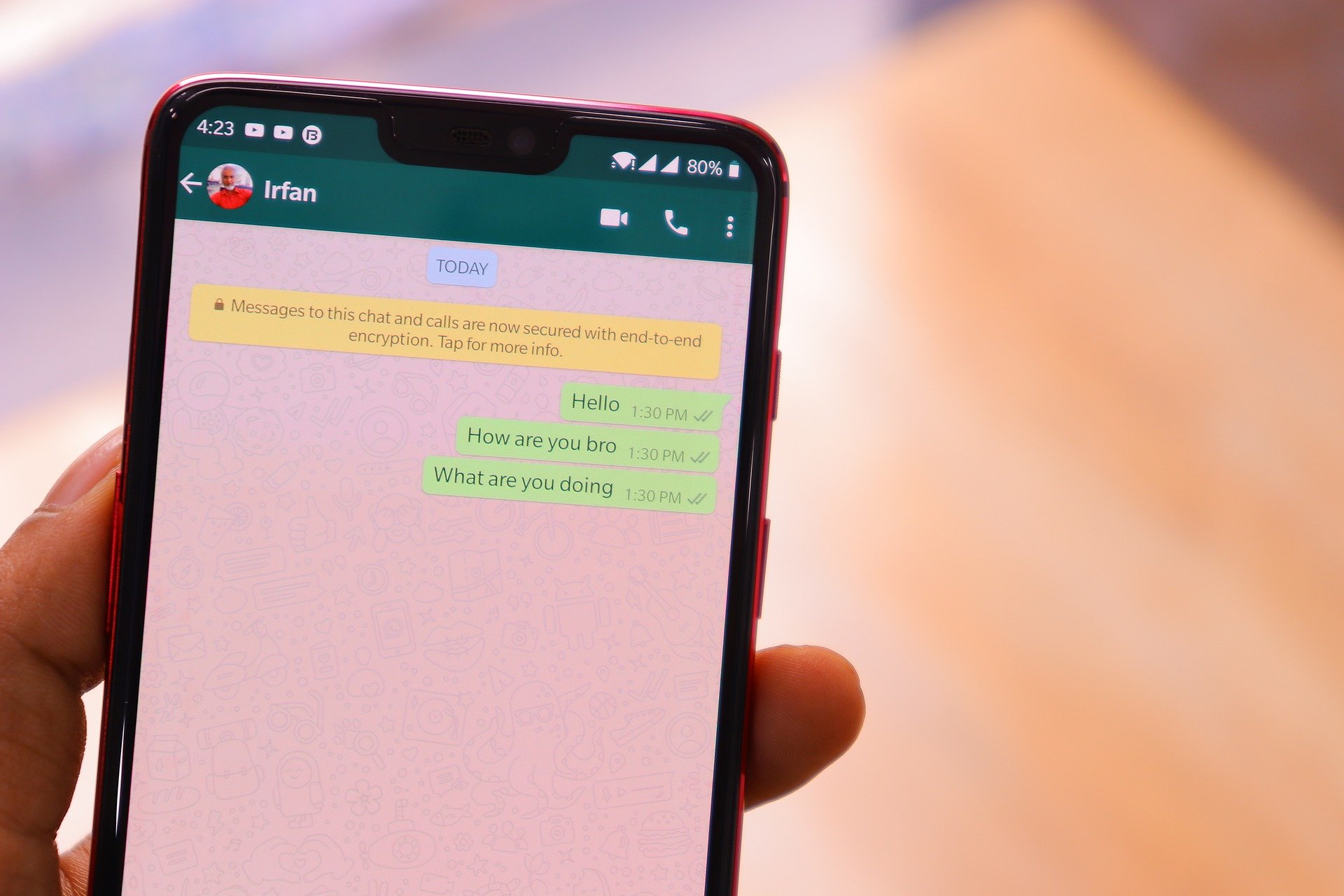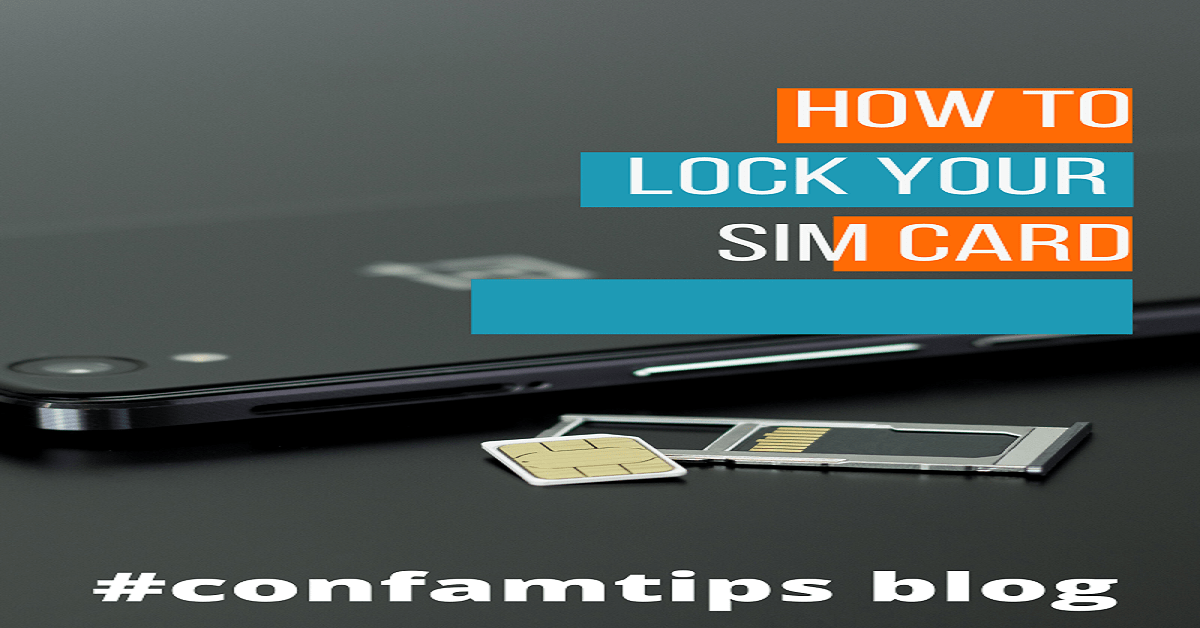Have you been in a situation where money is withdrawn from your account using your ATM card while your card is still with you? And you have been wondering how because you have not used the card to buy anything online before or given it to anyone.
Sometimes you may think someone inside the bank is stealing money from your account, but that is not the case at all; you may have been a victim of ATM skimming.
A friend of mine was a victim of such a situation after withdrawing money from a particular ATM on his trip and later started receiving debit alerts from ATM withdrawals in that location after a few weeks of the trip.
We’ve all been in that situation where we are trying to withdraw some cash, possibly in a hurry, and not thinking much beyond punching in our PIN and grabbing our money. But what if, in those few moments, someone managed to steal your card information without you even realizing it? That’s the frightening reality of ATM skimming, a type of fraud that’s been on the rise in recent years.
ATM skimming is a sneaky crime where thieves attach devices to ATMs, gas pumps, or any other point-of-sale terminal to secretly record your card information. Once they have your card details and PIN, they can clone your card and drain your bank account. The worst part? It can happen in the blink of an eye.
In this post, we’re going to break down what ATM skimming is, how it works, and, most importantly, how you can spot and avoid it. By the end, you’ll be armed with the knowledge to protect yourself and your hard-earned money.
What Is ATM Skimming?
ATM skimming is essentially a form of card theft. Thieves use specialized devices to capture the data stored on the magnetic stripe of your card. This can include everything from your account number to the expiration date. These devices are usually placed over the card reader on an ATM, making them hard to notice.
But that’s not all. To get your PIN, skimmers often pair the card-reading device with a tiny camera or a fake keypad that records your PIN as you enter it. Once the criminals have both your card data and your PIN, they can create a duplicate card and start withdrawing money or making purchases.
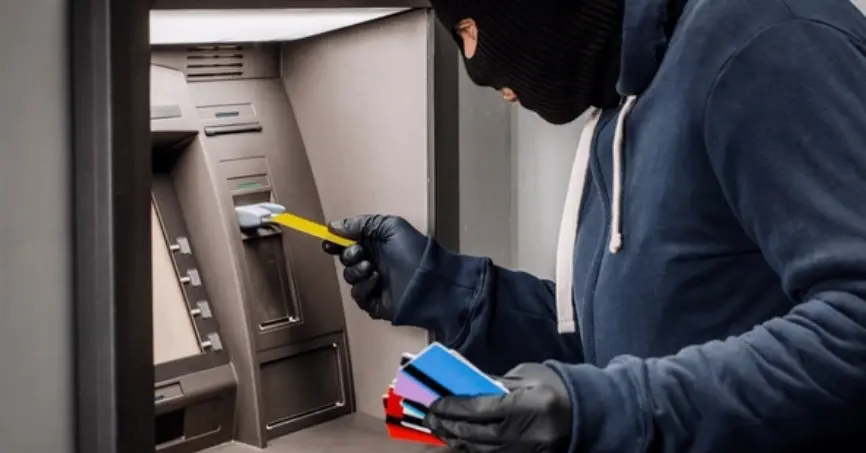
How Does ATM Skimming Work?
ATM skimming is often a two-part operation:
- The Skimmer Device: This is the device attached to the ATM that reads and records the data from your card’s magnetic stripe. It’s usually placed over the real card reader, blending in so well that even a careful observer might not notice it.
- The PIN-Capturing Device: Thieves need your PIN to make full use of your card. To get it, they might use a hidden camera that’s aimed at the keypad or a fake keypad overlay that records your keystrokes. Some skimmers even use a combination of both to ensure they capture your PIN.
In some cases, advanced skimming devices can transmit the stolen data wirelessly, meaning the thieves don’t even need to return to the ATM to retrieve the information. This makes the crime even more difficult to trace.
Where and When Does ATM Skimming Happen?
ATM skimming can happen anywhere, but criminals tend to target high-traffic areas like busy ATMs at banks, gas stations, or convenience stores. Skimming is more common in locations where people are less likely to take the time to inspect the machine, such as during rush hour or in tourist-heavy areas.
Outdoor ATMs are particularly vulnerable since they are less secure and more accessible to thieves. Additionally, skimmers tend to operate more frequently during weekends or holidays when bank employees are less likely to be monitoring the machines.
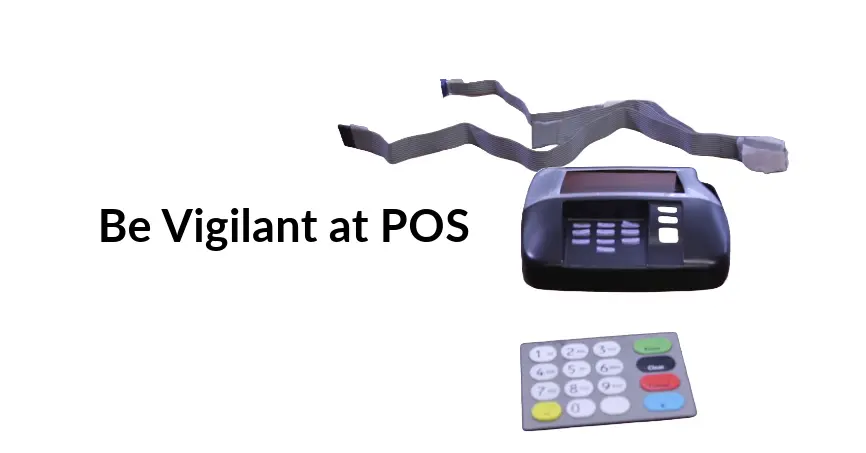
How to Spot ATM Skimming
Now that you know what ATM skimming is and how it works, let’s talk about how to spot it. While skimmers are getting more sophisticated, there are still some telltale signs that something might be off with an ATM.
1. Inspect the Card Reader
Before inserting your card, take a close look at the card reader. Does it look like it’s been tampered with? Is it loose or protruding in any way? Try giving it a gentle tug—if it moves or feels like it’s not securely attached, that’s a major red flag.
Skimming devices are often added on top of the existing card reader, so anything that looks bulky or out of place could be a sign that the machine has been compromised.
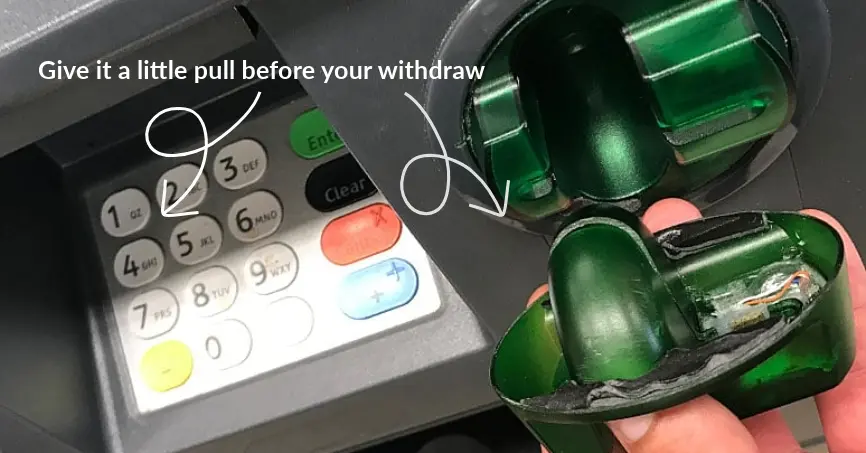
2. Examine the Keypad
Next, check the keypad. Does it look thicker than usual? Does it seem to be sitting too high on the machine? Fake keypads are designed to capture your PIN, so if something doesn’t feel right when you press the keys, trust your instincts.
Another trick is to try moving the keypad slightly. A real keypad should be firmly in place, while a fake one might shift or feel loose.
3. Look for Hidden Cameras
Thieves often use small, hidden cameras to capture your PIN as you enter it. These cameras are usually placed in inconspicuous locations like above the keypad, on the ATM screen, or even in a brochure holder. Look around the ATM for anything that seems out of place, especially small holes or unusual objects attached to the machine.
4. Check for Extra Devices
Sometimes, skimmers will attach additional devices like mirrors or false panels to help them capture your information. These could be placed anywhere on the ATM, but they’re often found near the card reader or keypad. If you notice anything unusual, don’t use the machine.
5. Observe the ATM’s Overall Appearance
Does the ATM look different from others in the same area? If the machine seems out of place, has missing or broken parts, or just looks unusual in any way, it’s best to avoid using it. Skimmers often target older machines that are easier to tamper with, so newer ATMs are generally safer.
6. Trust Your Gut
If something feels off about the ATM, it’s better to be safe than sorry. Trust your instincts—if you’re uncomfortable with the machine for any reason, find another ATM.
What to Do If You Suspect ATM Skimming
If you suspect that an ATM has been tampered with, there are a few steps you should take immediately:
- Don’t Use the ATM: If you notice any of the warning signs mentioned above, do not insert your card or enter your PIN. Instead, walk away and find another machine.
- Report It: Let the bank or business that owns the ATM know about your concerns. They can inspect the machine and take appropriate action to prevent others from becoming victims.
- Monitor Your Account: Even if you don’t notice anything unusual at the time, it’s always a good idea to monitor your account closely for the next few days. If you see any unauthorized transactions, report them to your bank immediately.
- Change Your PIN: If you think your card information might have been compromised, change your PIN as soon as possible or block the ATM card. This will help prevent thieves from using your card.
How to Protect Yourself from ATM Skimming
While ATM skimming can be difficult to detect, there are some steps you can take to protect yourself:
- Use ATMs in Secure Locations: Whenever possible, use ATMs that are located inside banks or well-lit, high-traffic areas. These machines are less likely to be targeted by skimmers.
- Cover Your PIN: When entering your PIN, use your hand or body to shield the keypad. This can prevent hidden cameras from capturing your PIN.
- Be Cautious of Odd-Looking ATMs: If an ATM looks unusual or seems out of place, don’t use it. Find another machine, preferably one that is inside a bank or business.
- Monitor Your Accounts Regularly: Check your bank statements and account activity frequently. This will help you catch any unauthorized transactions quickly.
- Use Contactless Payments: If possible, opt for contactless payments using your smartphone or a tap-and-go card. These methods are more secure and eliminate the risk of skimming.
- Set Up Alerts: Many banks offer text or email alerts for account activity. Setting these up can help you stay on top of your finances and spot any suspicious activity right away.
